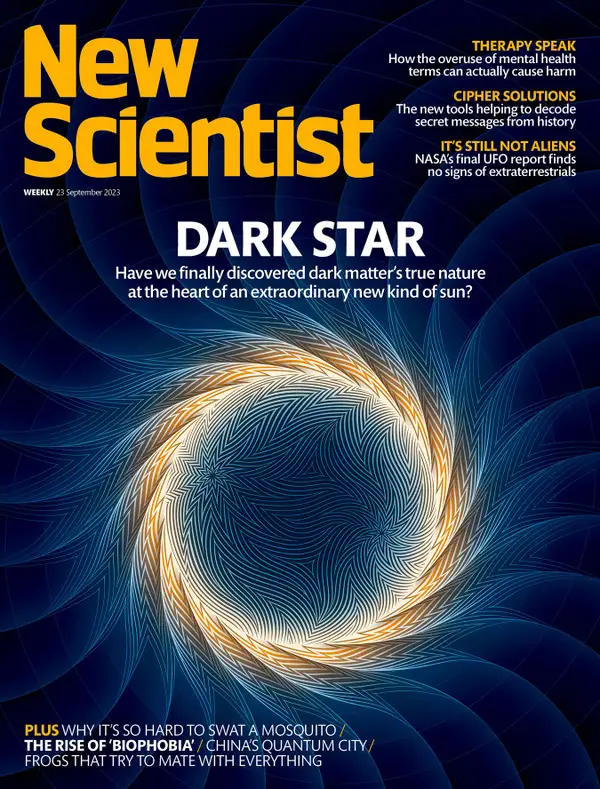SCHEMATIZING (19)
By:
November 11, 2023
One in a series of posts via which HILOBROW’S Josh Glenn will attempt to depict the intellectual and emotional highs and lows of developing a semiotic schema.
How do semiospheres — which like all spheres present themselves as closed systems, allowing no “energy” in or out — evolve? Astrophysicists ask a similar question about how galaxies evolve.
Over the past quarter century, astrophysicists have come to recognize what a tight-knit, dynamic relationship exists between many galaxies and the black holes at their centers. The more massive a galaxy is, the heavier its central black hole. A black hole, despite its relatively tiny size, can “talk” to the galaxy as a whole through “feedback.” In fact, supermassive black holes most likely arose prior to and helped in the creation of the galaxies that continue to spin about them.
The Milky Way, for example, revolves around the black hole Sagittarius A*. Fun fact: Though our black hole was spotted in 1933, and named in 1952, the asterisk was added to its name in 1982 because its discovery was considered “exciting”, in parallel with the nomenclature for excited state atoms which are denoted with an asterisk (for example, the excited state of helium would be He*).

Scientists can’t directly observe black holes with telescopes that detect x-rays, light, or other forms of electromagnetic radiation. We can, however, infer the presence of black holes and study them by detecting their effect on other matter nearby. Although we cannot see Sagittarius A* itself, because it is completely dark, glowing gas around it reveals a telltale signature: a dark central region (called a “shadow”) surrounded by a bright ring-like structure.
Gravity draws dust and gas inward to the galactic center, where it forms a swirling accretion disk around the supermassive black hole, heating up and turning into white-hot plasma. Then, when the black hole engulfs this matter (either in dribs and drabs or in sudden bursts), energy is spat back out into the galaxy in a feedback process. “When you grow a black hole, you are producing energy and dumping it into the surroundings more efficiently than through any other process we know of in nature,” as one theoretical astrophysicist explains. Ejected energy from black holes fills the space between galaxies with hot gas that otherwise should have already cooled and turned into stars.
It is my hunch that the “anti-anti-hero” position within any given semiosphere — see my G-schema — functions like a black hole. Although this position/character isn’t central to the “story” of the semiosphere, somehow it exerts gravity — it draws matter and energy towards itself — and then, either subtly or dramatically, redirects that material back into the system… thus helping to shape and control how the semiosphere evolves.
The magazine cover shown here: Astronomers say they have spotted evidence of stars fueled by the annihilation of dark matter particles. If true, it could solve the cosmic mystery of how supermassive black holes appeared so early.
MORE FURSHLUGGINER THEORIES BY JOSH GLENN: SCHEMATIZING | IN CAHOOTS | JOSH’S MIDJOURNEY | POPSZTÁR SAMIZDAT | VIRUS VIGILANTE | TAKING THE MICKEY | WE ARE IRON MAN | AND WE LIVED BENEATH THE WAVES | IS IT A CHAMBER POT? | I’D LIKE TO FORCE THE WORLD TO SING | THE ARGONAUT FOLLY | THE PERFECT FLANEUR | THE TWENTIETH DAY OF JANUARY | THE REAL THING | THE YHWH VIRUS | THE SWEETEST HANGOVER | THE ORIGINAL STOOGE | BACK TO UTOPIA | FAKE AUTHENTICITY | CAMP, KITSCH & CHEESE | THE UNCLE HYPOTHESIS | MEET THE SEMIONAUTS | THE ABDUCTIVE METHOD | ORIGIN OF THE POGO | THE BLACK IRON PRISON | BLUE KRISHMA | BIG MAL LIVES | SCHMOOZITSU | YOU DOWN WITH VCP? | CALVIN PEEING MEME | DANIEL CLOWES: AGAINST GROOVY | DEBATING IN A VACUUM | PLUPERFECT PDA | SHOCKING BLOCKING.

